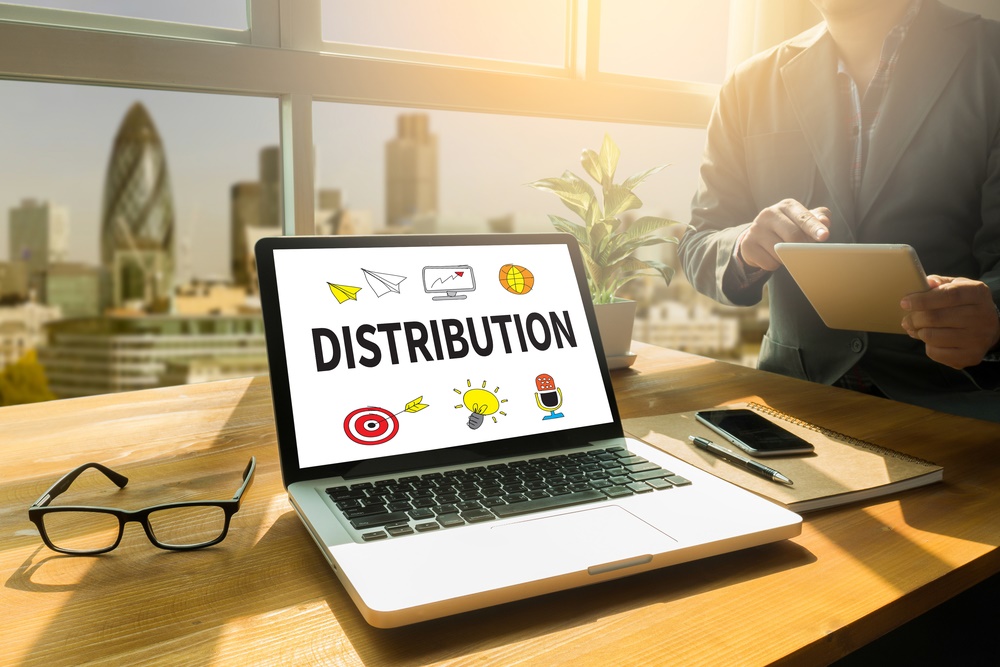After a robust market rise on good turnover after the election, we find ourselves a month later wondering what is next. Many thought a Trump victory was indeed the elixir needed to get the economy and markets moving, and that sentiment was pronounced immediately with a bullish market response. Further, bonds were trashed, an amazing allocation shift that happened swiftly and with bold strokes.
Markets tend to punish complacency when you least expect it. As the volatility was sucked dry into the holiday the talk was about how the new regime was going to flip the economy over on its side, create enormous wealth and prosperity and we’ll live happily ever after. Well, that notion is certainly gone now, especially in some of the better performing names for 2016.
Distribution signs have been showing up for awhile now, and if markets are not going up? They are likely to head lower. But frankly, some mild selling is not unusual. Perhaps there is a catalyst for buyers to step up, fixed income is certainly not the best alternative. When breadth weakens, strong opens are sold off, and the market on close orders are often heavy sells then we can see signs of institutional distribution.
These occur quite frequently, and with high frequency and algorithmic traders chasing down trends to keep them moving, we tend to see exaggerated moves. However, we must pay attention to the big money flows – through the markets, there has been mild distribution the past few weeks. When volatility doesn’t move then that wreaks havoc on both bullish and bearish plays.
Overall volatility though does not have to rise sharply to see distribution, nor does a massive selloff have to occur. We pay close attention to the indicators and move with them. Most are lining up bullish in the intermediate term but flattening out in the short term.
I suspect much of the selling is a wipe off of the froth created on the run up post election, and safe haven distribution in front of the Fed meeting in two weeks. Though it is pretty obvious the move they intend to make at their next meeting, which is raise the funds rate.




